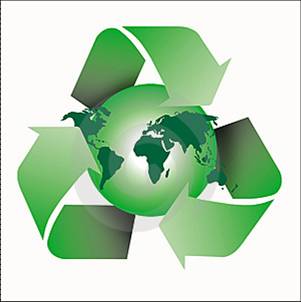Team:Alberta-North-RBI E/Waiting4Pizza
From 2012e.igem.org

August 23, 2012
The Opportunity
|
Due to environmental concern, government regulations and economic considerations, there has been a consistent increased effort in recycling endeavours over the past years. Several hundred million metric tons of municipal solid waste is disposed of in Canada and the United States annually. Paper products alone account for approximately 35% of municipal solid waste by weight before recycling.[reference] As a result, recycling paper products not only affects the upstream processes in paper production (where raw materials are acquired), but also has consequences on the downstream portion of paper use (waste-disposal). Recycled paper processing plants use paper as their feedstock and recover fibre that can be used to produce new paper products. Paper fibre cannot, however, be recycled endlessly. It is generally accepted that a fibre can be used four to six times before it becomes too short to be utilized in new paper products.[reference] This unusable fibre accounts for 15-20% of the recycled fibres and is typically disposed of in a waste stream to landfills. The major constituent of these paper fibres is cellulose, a homopolysaccharide made up of β-D-glucose. Ergo, the unusable, short fibre in the waste stream of paper recycling plants is a significant source of potentially exploitable cellulose. Aromatics represent a potentially lucrative chemical endpoint for this cellulose, having high price per unit mass and a sustainable market in both the pharmaceuticals and cosmetics industries. The conversion of this waste into valuable industrial chemicals is a relatively unexplored business opportunity and is desirable from the standpoint of green and clean processing. The Twitter Feed
The G-Map
View Larger Map |
 "
"


